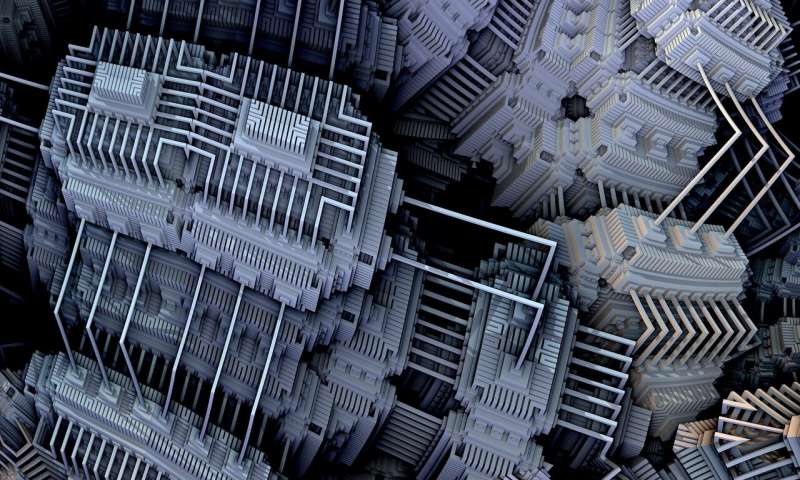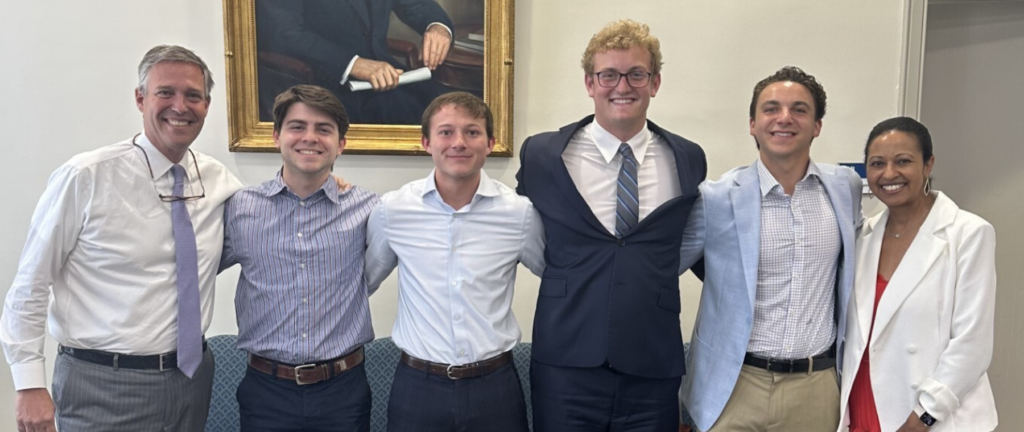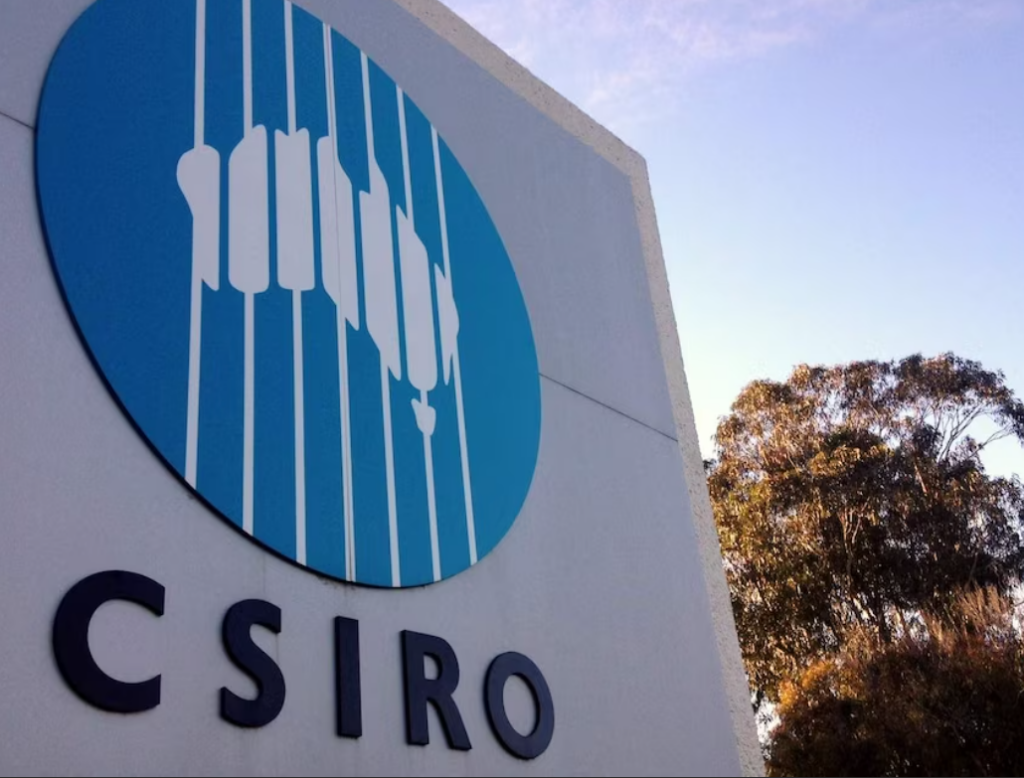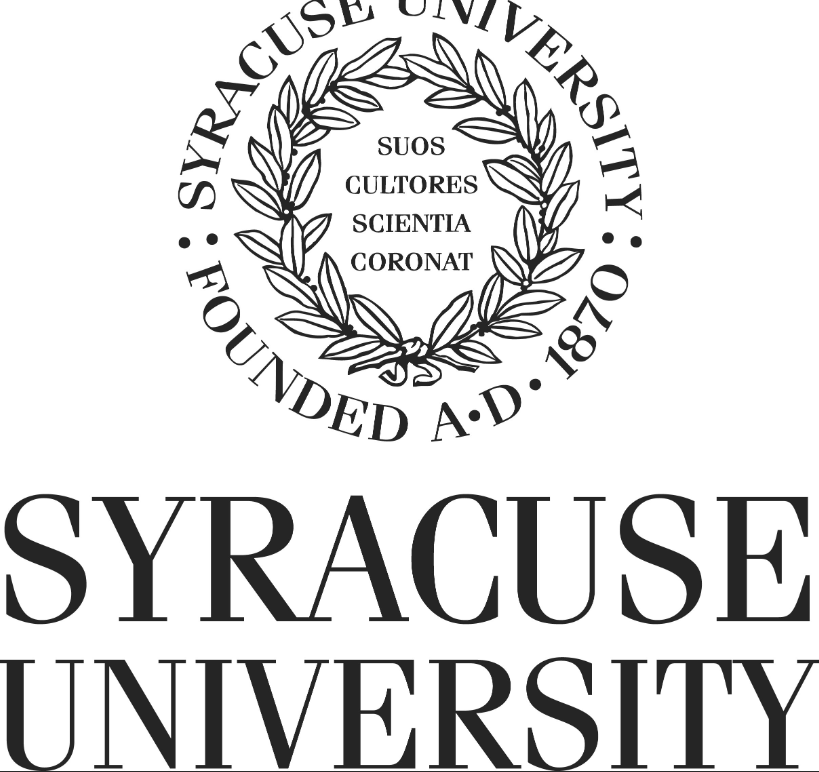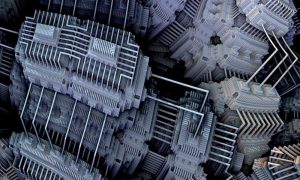
For the first time, researchers have designed a fully connected 32-qubit trapped-ion quantum computer register operating at cryogenic temperatures. The new system represents an important step toward developing practical quantum computers.
Junki Kim from Duke University will present the new hardware design at the inaugural OSA Quantum 2.0 conference to be co-located as an all-virtual event with OSA Frontiers in Optics and Laser Science APS/DLS (FiO + LS) conference 14—17 September.
Instead of using traditional computer bits that can only be a zero or a one, quantum computers use qubits that can be in a superposition of computational states. This allows quantum computers to solve problems that are too complex for traditional computers.
Trapped-ion quantum computers are among the most promising type of quantum technology for quantum computing, but it has been challenging to create these computers with enough qubits for practical use.
“In collaboration with the University of Maryland, we have designed and constructed several generations of fully-programmable ion trap quantum computers,” said Kim. “This system is the latest in the effort where many of the challenges leading to long-term reliability is tackled head-on.”

Scaling up quantum computers
Trapped-ion quantum computers cool ions to extremely low temperatures, which allows them to be suspended in an electromagnetic field in an ultra-high vacuum and then manipulated with precise lasers to form qubits.
Thus far, achieving high computational performance in large-scale ion trap systems has been hampered by the collisions with background molecules disrupting the ion chain, instability of the laser beams driving the logic gates seen by the ion, and electric field noise from the trapping electrodes agitating the ion’s motion often used to create entanglement.
In the new work, Kim and colleagues addressed these challenges by incorporating dramatically new approaches. The ions are trapped in a localized ultra-high vacuum enclosure inside a closed-cycle cryostat cooled to 4K temperatures, with minimal vibrations. This arrangement eliminates the disturbance of the qubit chain arising from collisions with residual molecules from the environment, and strongly suppresses the anomalous heating from the trap surface.
To achieve clean laser beam profiles and minimize errors, the researchers used a photonic crystal fiber to connect various parts of the Raman optical system that drives qubit gates—the building blocks of quantum circuits. In addition, the delicate laser systems needed to operate the quantum computers are engineered to be taken off the optical table and installed in instrument racks. The laser beams are then delivered to the system in single-mode optical fibers. They embraced new ways of designing and implementing optical systems that fundamentally eliminate mechanical and thermal instabilities to create a turn-key laser setup for trapped ion quantum computers.
The researchers have demonstrated that the system is capable of automated on-demand loading of ion qubit chains, and can perform simple qubit manipulations using microwave fields. The team is making solid progress towards implementing entangling gates, in a manner that can scale up to full 32 qubits.
In future work, and in collaboration with computer scientists and quantum algorithm researchers, the team plans to integrate hardware-specific software with the trapped-ion quantum computing hardware. The fully integrated system, composed of fully-connected trapped-ion qubits and hardware-specific software, will lay a foundation for practical trapped-ion quantum computers.


